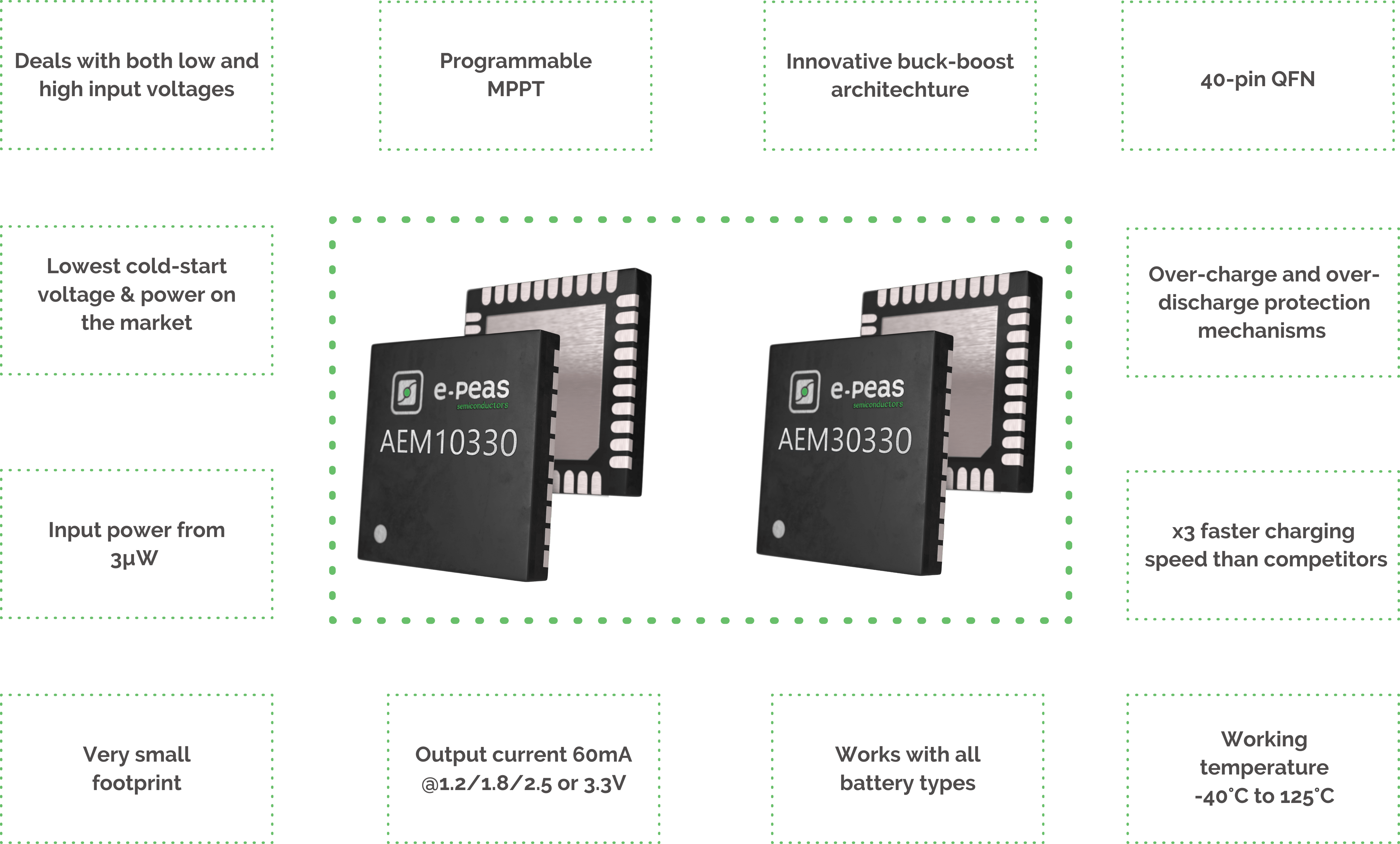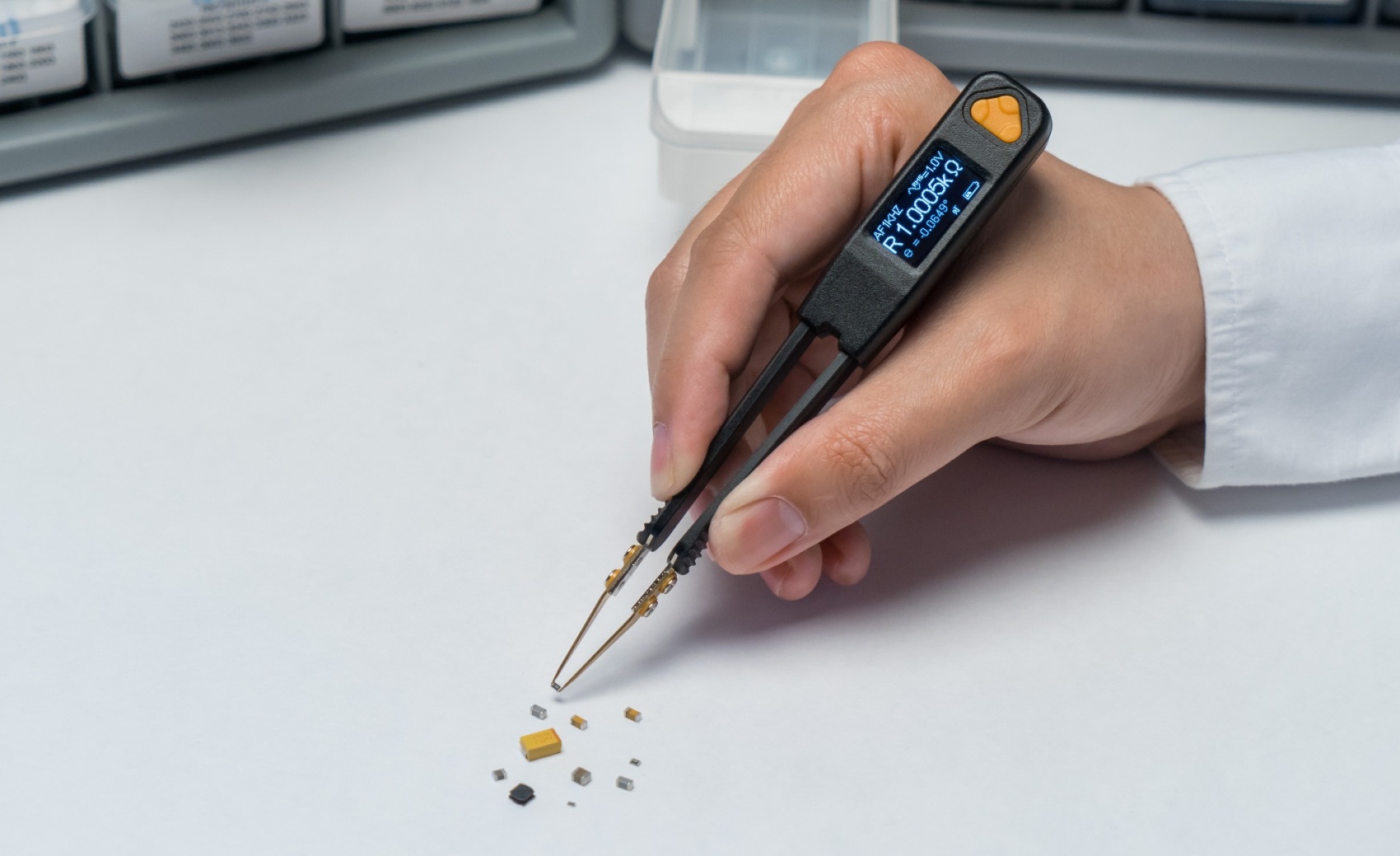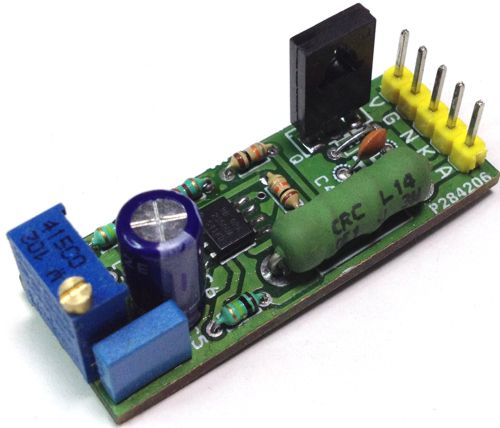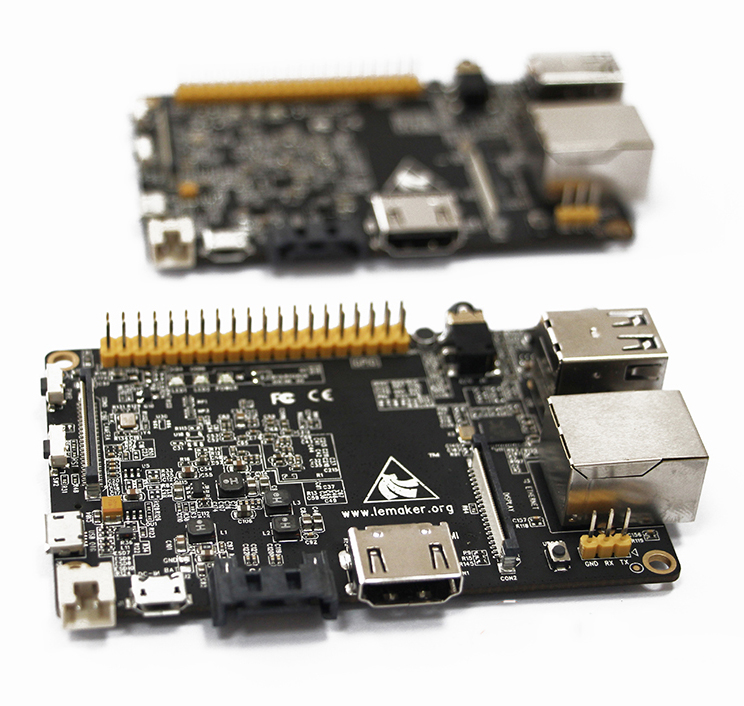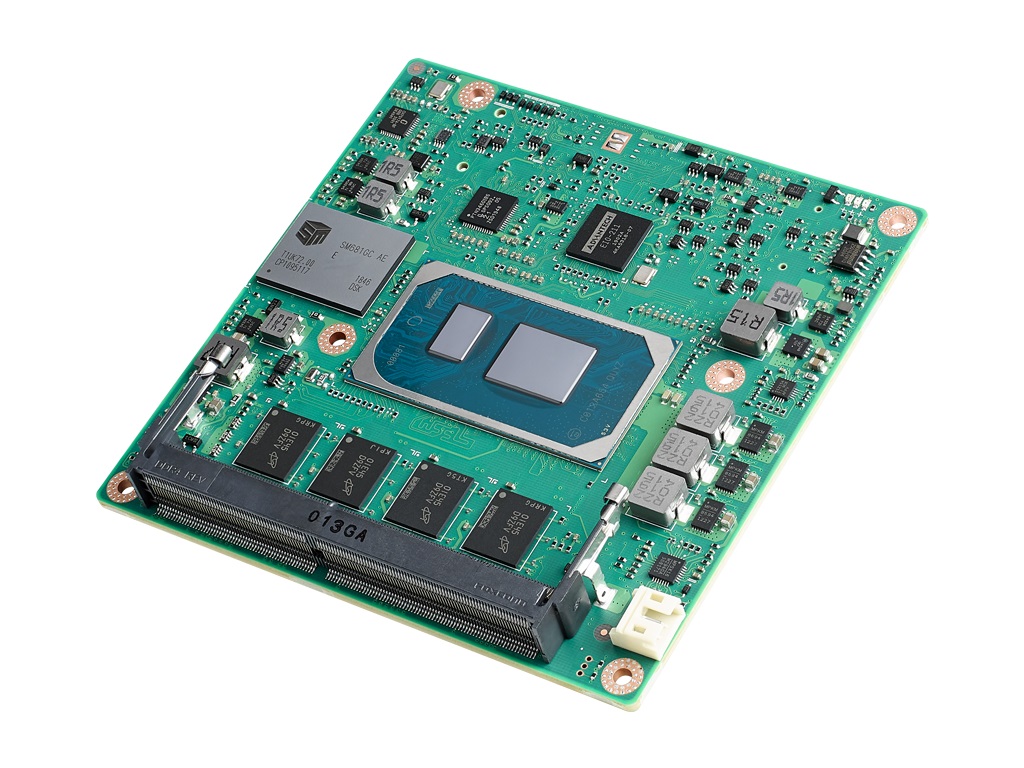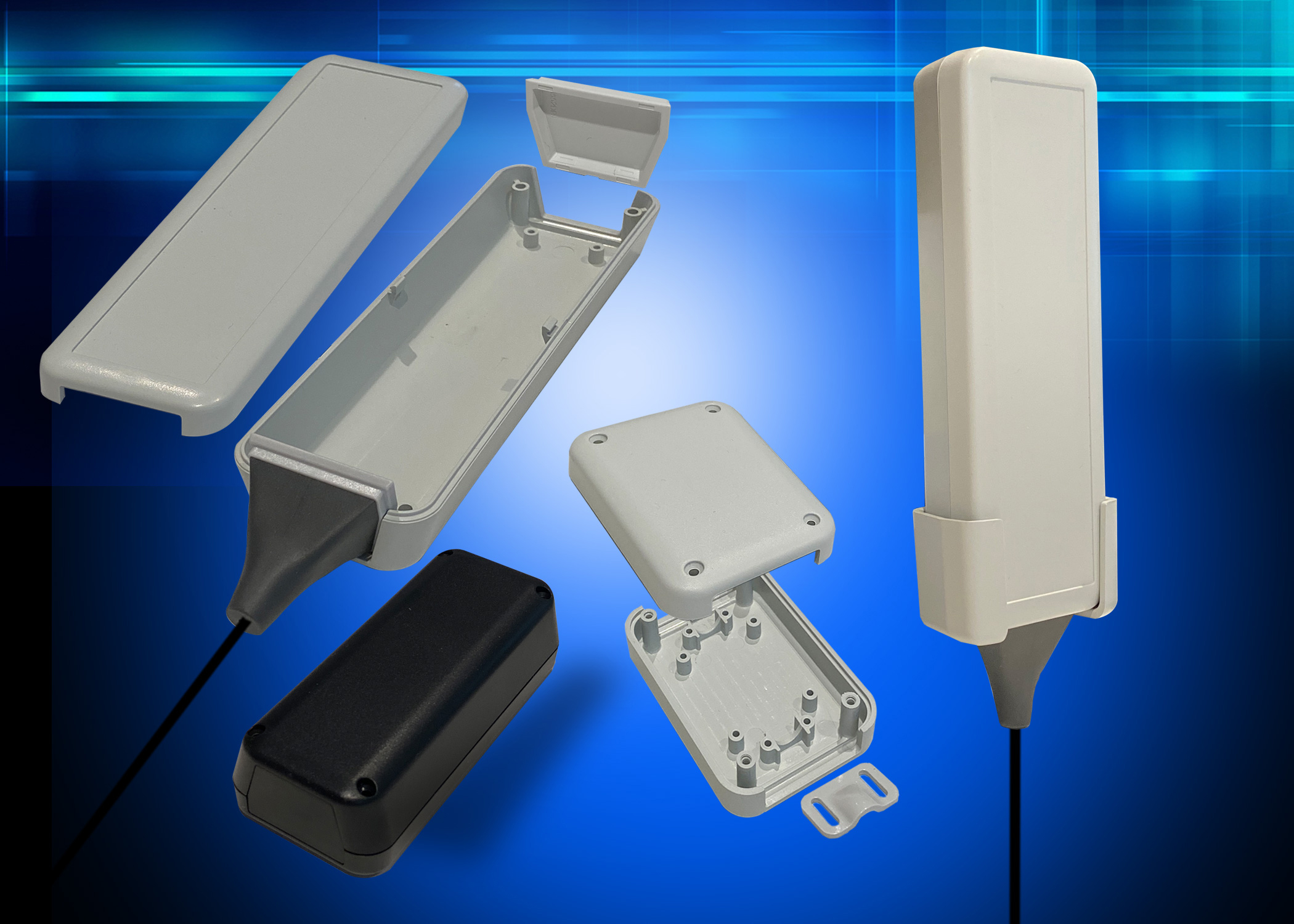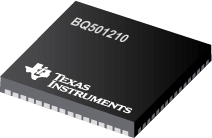E-PEAS New Buck-Boost ICs enables Highly Efficient Energy Harvesting from Solar & Vibrational Sources
Expanding its portfolio of advanced power management ICs (PMICs) for energy harvesting applications, e-peas has announced two new devices capable of further pushing the performance envelope. The RF AEM30330, Vibration AEM30330 and solar AEM10330 PMICs both utilize a buck-boost architecture. This enables them to cover a greater range of input voltage levels (from 100mV right through to 4.5V), meaning that low and high power sources can be addressed. The AEM30330 is targeted at RF/vibration-oriented deployments (including industrial equipment, home automation systems, healthcare monitoring, and household appliances), while the AEM10330 is specifically intended for solar deployments (with the scope to manage up to 7 connected photovoltaic cells).
The new e-peas PMICs deliver a maximum current of 60mA, so storage elements (such as supercapacitors) can be charged rapidly. Their adaptive energy management capabilities permit them to automatically switch between boost, buck-boost, and buck operational configurations as deemed appropriate. This ensures that optimal energy transfer is always maintained between the respective inputs and outputs of these devices.
Another key aspect is the cold-start threshold at which an AEM30330/AEM10330-based system can begin to draw energy from the surrounding environment. This has been lowered to just 275mV/3µW, which is a substantial improvement on the previous generation of e-peas PMICs – and is unmatched by any other solution currently on the market.
Benefits
- Built around a buck-boost architecture which enables them to cover a greater range of input voltage levels [from 100mV right through to 4.5V], meaning that low and high power sources can be addressed
- Optimal energy transfer from the source to the storage element for all source/storage element voltages combinations
- Works with all battery types, even the ones with low voltages and uses all the energy stored in supercapacitors thanks to the lowest underdischarge storage element threshold on the market, 0.2V.
- Charges supercapacitors 3 times faster than any other PMIC available on the market thanks to a maximum current of 60mA
- Lowest cold-start voltage and power on the market: from 275 mV input voltage and 3 μW input power
- Input power from 3µW and 100mW
- Output current of 60mA @1.2/1.8/2.5 or 3.3V
- Programmable Maximum Power Point Tracking [MPPT] sensing period as fast as once every 20ms (fastest on the market)
- Offers a unique and patented constant impedance MPPT feature
- Easy to integrate in comparison to competitors, smallest BOM and footprint
- A working temperature range that spans from -40°C to 125°C
- Supplied in compact 40-pin QFN packages and require only 4 passive components to accompany them.
By leveraging the fully configurable maximum power point tracking (MPPT) function, the AEM30330 and AEM10330 are able to constantly monitor and regulate the input (with a 20ms refresh rate supported) – so the extraction efficiency of the system is kept as high as possible, regardless of variations in the input from the source. These PMICs have a working temperature range that spans from –40°C to 125°C. They are supplied in compact 40-pin QFN packages and require only minimal passive components to accompany them. This translates into a solution with an ultra-low bill-of-materials which takes up very little board space. Over-charge and over-discharge protection mechanisms are incorporated.
“Since the release of the initial AEM series PMICs back in 2017, e-peas has been differentiating itself from the other players in the energy harvesting sector through products with superior performance characteristics, alongside exceptional application knowledge,”
says Christian Ferrier, Marketing Director at e-peas.
“With these latest additions to the series, we are significantly increasing the pervasiveness of our technology, allowing a broader variety of use cases to benefit from it.”
A Development board will soon be available from mouser.com
more information: e-peas.com





